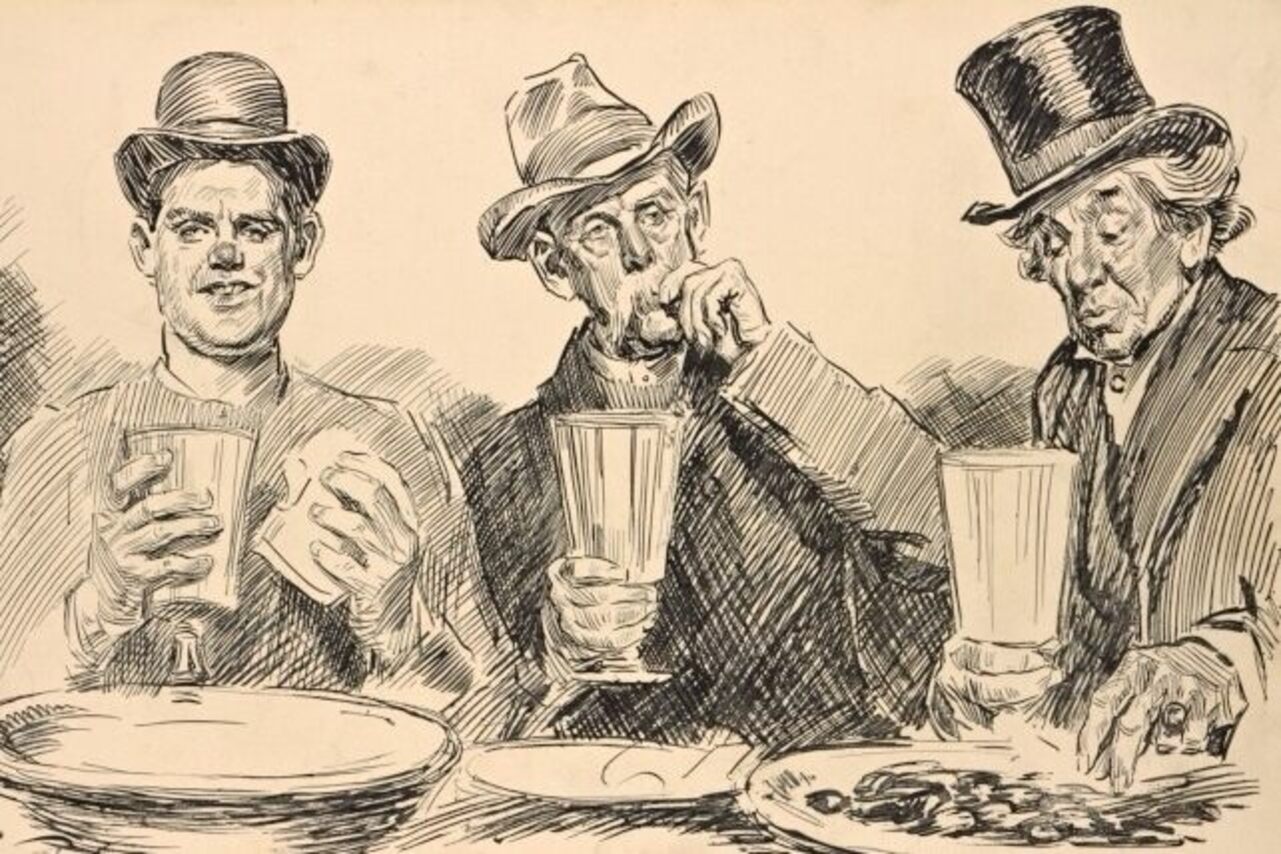When it comes to encores, most musicians like to slate in a guaranteed crowdpleaser to send the audience out on a high. Conventional wisdom holds that an encore should be short, and change the mood created by the piece preceding it.
Classical guitarist Ana Vidović takes a different approach.
For the last few years, she has concluded most concerts by taking audience suggestions for the piece that will take it on home, viewing it as an opportunity to make an extra connection with fans:
It’s like a gift to me, also… sometimes I get nervous because I don’t know what they will ask me to play and I may not have practiced that particular piece, but you know, whatever! I think it’s just more of a gesture of appreciation. Of course there’s a connection through music, but obviously we don’t speak to each other.
The live audience for her March 2021 appearance at San Francisco’s St. Mark’s Lutheran Church, above, was unusually small due to COVID-19 protocols — just a few staffers from the Omni Foundation for the Performing Arts, an organization that brings the world’s finest acoustic guitarists to the San Francisco Bay Area.
Their applause was enthusiastic, helped by St. Mark’s excellent acoustics, but it feels thin in contrast to the wall of sound that would greet a musician of Vidović’s caliber when she performs to a packed house.
Despite the extremely intimate setting, after her final piece, Nocturno by fellow Croatian Slavko Fumic, Vidović observed her own tradition, opening the floor to requests with a bit of a giggle:
If you have any encores, please feel free to ask. No, seriously, requests! Hopefully I practiced it … Richard?
One of her listeners promptly suggests 19th-century Spanish composer Isaac Albéniz’s Asturias, originally written for piano and now considered one of the most essential works in the classical guitar repertoire.
Although she has been known to politely decline if she’s feeling too rusty, on this occasion, Vidović obliged, and beautifully so.
The complete program, which includes her customary healthy dose of her childhood favorite Bach, is below.
Flute Partita in A minor, BWV 1013
by Johann Sebastian Bach
(Transcribed by Valter Despalj)
-Allemande (3:06)
-Corrente (8:40)
Violin Sonata No. 1, BWV 1001
by Johann Sebastian Bach
(arr. by Manuel Barrueco)
-Adagio (12:44)
-Fuga (16:38)
-Siciliana (21:19)
-Presto (24:25)
Un Dia de Noviembre (27:36)
by Leo Brouwer
Gran Sonata Eroica, Op. 150 (32:17)
by Mauro Giuliani
Sonata in E major, K. 380, L. 23 (41:39)
Sonata in D minor K.1, L. 366 (46:28)
by Domenico Scarlatti
Nocturno (48:55)
by Slavko Fumic
Encore -
Asturias (53:49)
by Isaac Albeniz
San Francisco has now resumed live concerts (including Vidović’s scheduled return to St. Mark’s in April 2022), but the pandemic led Omni to expand its mission, with virtual concerts by top guitarists in various locations around the world, including Xuefei Yang playing in Beijing’s 15th-Century Zhizhu Temple, Marko Topchii playing in Ukraine’s St. Andrew’s Cathedral, and David Russell in the monastery of Celanova, Spain. Watch a playlist of Omni On Location virtual events, including Q&As with performers here.
Related Content:
Andrés Segovia, Father of Classical Guitar, at the Alhambra
Hear Musicians Play the Only Playable Stradivarius Guitar in the World: The “Sabionari”
Ayun Halliday is an author, illustrator, theater maker and Chief Primatologist of the East Village Inky zine. Follow her @AyunHalliday.




